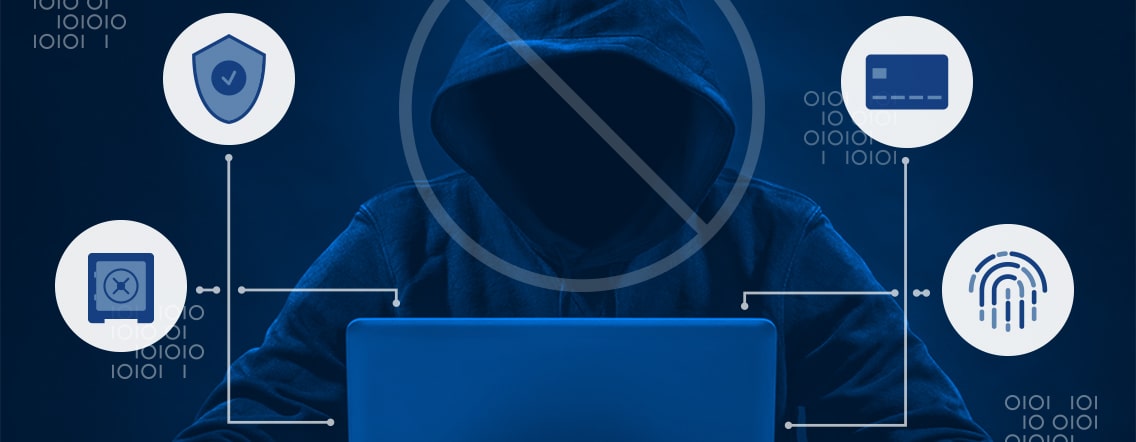Protect Your Finances Today: Get Your FREE Anti-Fraud Guide!
When accepting payments online, it’s important to be aware of the different kinds of fraud, to understand them and know how to prevent online payment fraud. We have identified 7 types of online fraud:
- Friendly Fraud or Chargeback
A friendly fraud is when a customer (the fraudster) claims a refund for a purchase that has been made with their credit card, and then requests a chargeback from the issuing bank after receiving the purchased goods or services.
This can be either by accident or intentional, meaning the fraudster intent was to request a payment reversal since the beginning.
- Identity Theft
When a fraudster obtains and uses the personal details of another user to commit fraud, such as making a fraudulent online transaction.
A common example of Identity theft in the payment industry is account theft.
- Phishing and Vishing
Phishing occurs when a hacker pretends to be a known contact and requests personal data, or tries to get you to install malware, which can then retrieve the data itself.
Vishing is the fraudulent practice of making phone calls or leaving voice messages purporting to be from reputable companies in order to induce individuals to reveal personal information, such as bank details and credit card numbers.
A common example of phishing are emails sent by people pretending to be a known and trusted company, asking to update your personal information.
- Card Testing
This happens when the fraudster tests a card on a website, to see if it is still valid, with the objective of using it on another website to make a fraudulent purchase.
- Stolen card
When a fraudster uses a stolen credit card or its details to make a purchase online.
Once the cardholder discovers the fraudulent use of their card, the payment is disputed with the card issuer. Once the dispute is found in favor of the cardholder, the business suffers a loss equal to the amount of the payment, the cost of any goods or services already provided, as well as an additional dispute fee.
- Re-shipping
The fraudster uses an unknowing third-party to re-ship goods purchased with stolen card information. The fraudster never pays the third-party and this ends up being an accomplice in the crime.
- Triangular Fraud
A Triangular fraud is when the fraudster creates a fake online storefront, selling products at cheap prices.
This shopfront has the sole purpose of gathering credit card data. The fraudster then orders the goods at a real merchant and has them sent to the original customer. The fraudster earns the payment for the product, but the customer pays twice:
- Cheaper price in the storefront
- Price to the real merchant
SlimPay offers an Advanced anti-fraud module to help merchants prevent online payment fraud, contact us to have more information!




